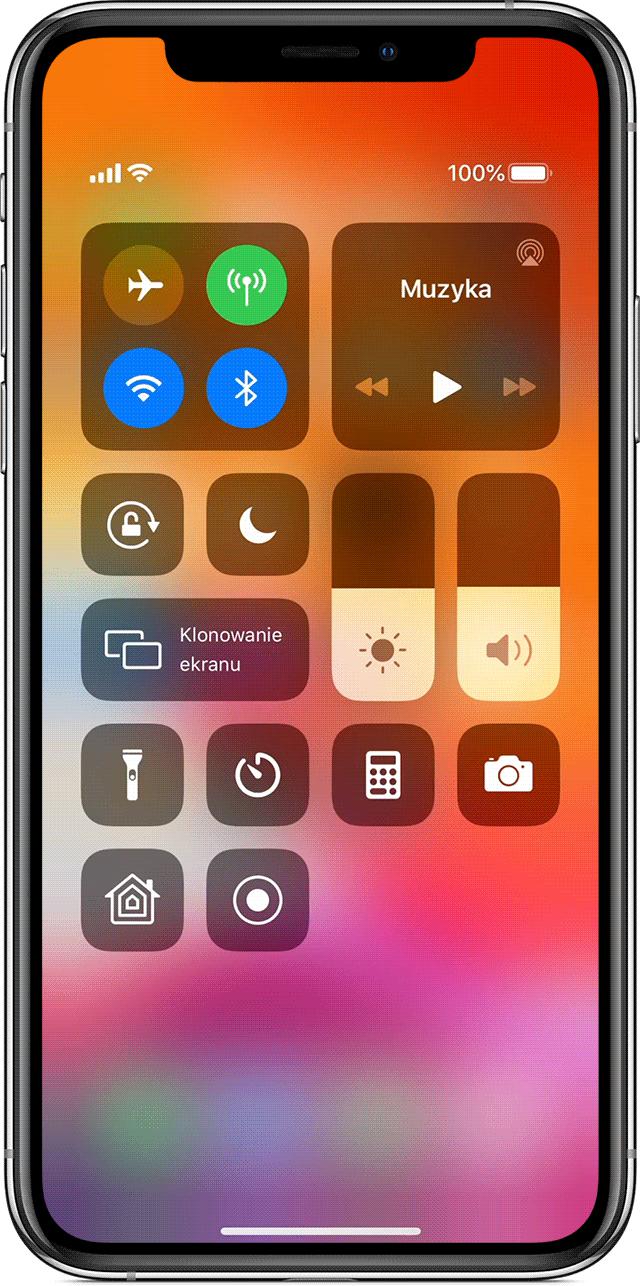The first model of Motorola went to the universal sale only 10 years later and was still extremely bulky compared to today's models.In addition, very expensive - he thought nearly $ 4,000, the battery was enough for 30 minutes of conversation, and its full charge lasted 10 hours.Battery, let's add, wore in a suitcase.At that time, one of the main topics in the press regarding savoir-vivre was whether this suitcase should put this suitcase on the table during a business dinner or under the table.Of course, it was difficult to talk about the universality of cells - only the wealthiest people could afford such expensive equipment.
The first smartphone on the horizon
But the development of mobile telephony was heading in the right direction.Already in 1992.The phone stopped only to conduct talks.The first SMS was sent in Great Britain, the content of which was: "Merry Christmas".In the same year, the premiere of Nokia 1011 - the first phone operating in the GSM network, the most popular mobile phone standard, which allowed all European countries into one mobile system.It was a breakthrough!Today, when we have automatic roaming, we do not even think about the fact that someday calling abroad (and vice versa) was not so easy.
From that moment, the development of mobile telephony has accelerated incredibly.A year later, IBM released a device that can be considered the first smartphone.Was an innovative connection of a mobile phone and a personal computer.IBM Simon enabled calls and sending e-mails and faxes, but also offered a pager function (we remind you: a device for sending short text messages), calculator, notebook and calendar.
We start taking pictures with a phone!
The first mobile phone, whose antenna was hidden inside the housing, went on sale in 1997, and a year later the first phone with a colorful screen appeared on the market.We were aimed at a simple way to make the phone more than a telephone device - to connect some of the functions of the computer and the camera.Nokia 7110, which entered the market in 1999, has already been equipped with a WAP browser.Its owners could browse simple websites on the screen!A year later we started taking pictures with the phone - the first model with a camera appeared.The Sharp J-SH04 was only available in Japan, in Europe we had to wait two more years for Nokia 7650, which was equipped with this function.
In 2007.Apple presented an iPhone, the first phone with a touch screen.A year later, HTC G1 went on sale - the first model with a revolutionary, because the public, Android operating system.We started to value the image - in 2012.The first device with a Full HD display appeared on the market, and in 2015.first phone with a 4K screen.

From that moment, the smartphone has become a multifunctional mobile device, towards which we had much greater expectations than towards the phone.He had to meet more and faster data transmission, which was necessary so that we could freely use the Internet or send larger files, not just simple SMSs.
From 1g to 5g in 40 years
Network 1G (abbreviation from Ang.1st generation, first generation) was created at the turn of the 70s.and 80.XX in.And it was still based on analog technology!That is why it was inefficient, did not provide adequate safety (there was a risk of wiretappant conversation), and the connections themselves were expensive.Let's add that in Poland the 1G network appeared in 1992., thanks to the Centertel operator, which in later years acted as an idea to finally become part of Orange Polska.
The 2G network, which was created in the early 90s.XX in., it was already based on a universal digital transmission, thanks to which its capacity increased, the level of conversation protection increased, and their quality improved.The breakthrough was the possibility of sending SMSs.Today, we use the 4G LTE network, which, however, is increasingly overloaded.That is why we are preparing to go to the 5G network-the new technology will provide us with up to 10 times higher data download speed than 4g.
Subscription, prepaid or mix?
We hardly remember that in the early 90s.XX in.Conducting a mobile phone call was associated with high costs.In addition, both interlocutors paid for it for some time - the person who called and the one who answered the phone!It was also necessary to buy a subscription, i.e. connect with one operator.Soon, however, they began to compete with each other, and we entered the era of promotions and bonuses.The prices of calls and SMSs began to fall, but it was still not easy to change during the operator's contract to one whose offer suited us more.Transferring the number to another network was also so complicated that many people were scared off.And the bill for using the cell was a big surprise.We paid for the length of conversations and the number of SMSs sent and it was difficult to make sure you don't go crazy.
So soon another revolutionary change appeared - prepaid card.Finally, we could control the finances because we called and sent SMSs as part of the assumed amount.Prepaid, however, did not give the opportunity to use various bonuses available in the subscription offer, such as.You can buy a phone at a promotional price.Again, mobile network operators responded to our expectations - a variant MIX appeared, i.e. a connection of subscription and prepaid offer (Prepaid).He assumed the conclusion of the contract with the operator and, as in the case of the subscription offer, the purchase of a phone at a promotional price in exchange for a specific number of top -ups, which had to be done at least once a month.
Package for 1, 2 and 3 people - simple rules
Paradoxically, however, when operators began to outdo each other in the attractiveness of offers, we began to have a problem with discerning in their multitude.Today, the mere comparison of several proposals and choosing the best is a gigantic job that we often think with reluctance.The more that all the time you need to have your eyes wide open, so as not to be surprised by hidden costs or forced to face the consequences of a small print of records in the contract.
We missed the offer that would have clear and simple rules.Again, mobile operators started to help-Nju Mobile came out with a subscription proposal, under which he offers talks, SMSs and mms without limit and data transfer for a predetermined amount in three price variants.
The NJU Mobile subscription is available for one, two and three people, which is another innovation on the telecommunications market.And the answer to the fact that we want to be in constant contact with important people for us more and more often.Pandemia made us realize that it is really important.We no longer want to overpay, which is why the idea of sharing as extremely economical is becoming more and more popular around the world.In Nju Mobile, we can today share the cost of a subscription with two or even three people!We can join our main issue of friends or family.The more people with us, the less the subscription will cost.Importantly, its price is known in advance and fixed, so we will not be surprised by any additional costs.The offer is also flexible - the subscription can be changed or terminated at any time.


![Apps and games on iOS for free.Promotions, discounts, discounts [27.12.2021] Apps and games on iOS for free.Promotions, discounts, discounts [27.12.2021]](https://website-google-hk.oss-cn-hongkong.aliyuncs.com/article-website/google/2021/12/31/661e1a9d1bdfffaecac65b0350aa0db5.webp?x-oss-process=image/auto-orient,1/quality,q_70/format,jpeg)